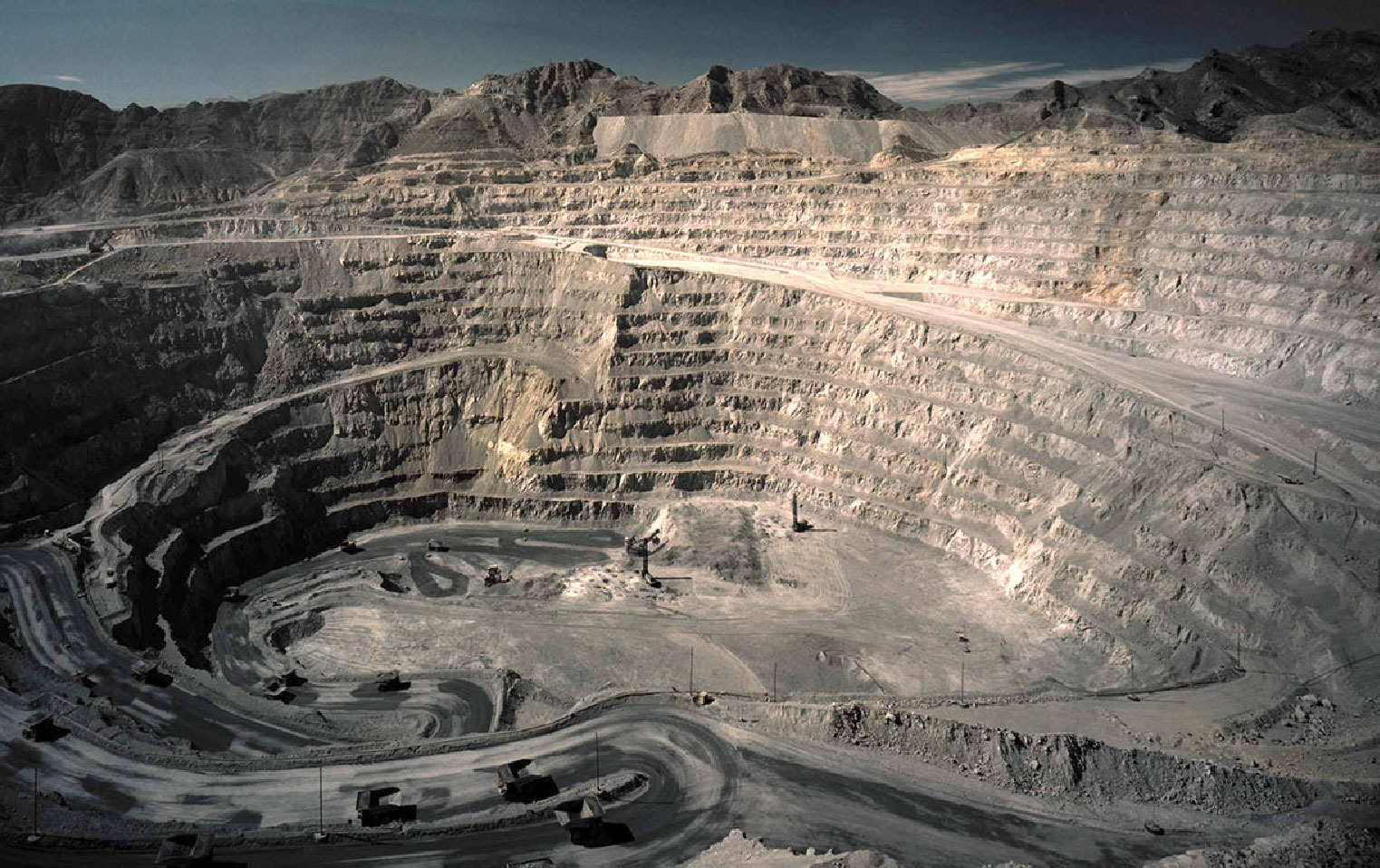
The High Commissioner against illegal mining, Rodolfo García Esquerre, expressed his opinion regarding the responsibility for the formalization of mining in the country, stressing that this task should fall exclusively on the Ministry of Energy and Mines (Minem).
In an interview with the program Diálogos Mineros, produced by the Institute of Mining Engineers of Peru (IIMP), García Esquerra pointed out that there are more than 20 State institutions, from ministries to other entities, that are involved in the three axes of the multisectoral strategy: formalization, eradication and environmental recovery.
As regards formalisation, current regulations assign this responsibility to the Regional Directorates or Managements of Energy and Mines, which do not work alone, as they require the approval of other institutions such as Sernanp or Serfor.
“In the entire process of formalization there are a series of procedures that have to be carried out and some institutions must give their approval, give their opinion, disapprove or approve. They have an important role to play in this, and for now that is the responsibility of the regional directorates,” he explained.
Despite this structure, García believes that, for a certain period, formalization should be the responsibility of the General Directorate of Mining Formalization of Minem.
“I believe, and I repeat, it is an opinion, that formalization, at least for a certain period of time, should be the responsibility of the General Directorate of Mining Formalization of the Minem,” he stressed.
Illegal mining in Peru: more than 86,000 Reinfo registered
The High Commissioner also announced that from the end of August and throughout September, regional workshops will be held, where the Regional Directorates and Managers of Energy and Mines will be convened to discuss the current problems related to resources, material and human resources.
“We are organizing workshops at a regional level to hold work meetings, listen to the problems they are experiencing in terms of resources, material means and human resources, and to be able, in coordination with the Minem, to give them some information about the formalization process itself,” García explained.
The objective of these workshops is to work more effectively on formalization, which requires certain changes, such as the review of the Comprehensive Registry of Mining Formalization (Reinfo).
“We trust that the Ministry of Energy and Mines can resume that role, at least temporarily. We believe that, with a centralized orientation of the Minem, we can work better so that the formalization process, which has to undergo some changes, works more efficiently,” he said.
García also mentioned that the national strategy will address the validity of Reinfo, indicating that it should not be extended or opened to new registrations, since the current mechanism has not worked properly.
“If we talk about numbers, there are more than 86,000 registered Reinfos, a little more than 23,000 are active and only 2,000 and a little more have managed to formalize. So, the figure gives us a clear message: this is not working well. We have to find something that works better,” concluded García.
Source: Larepublica
Alia is a professional author and journalist, working at 247 news agency. She writes on various topics from economy news to general interest pieces, providing readers with relevant and informative content. With years of experience, she brings a unique perspective and in-depth analysis to her work.












